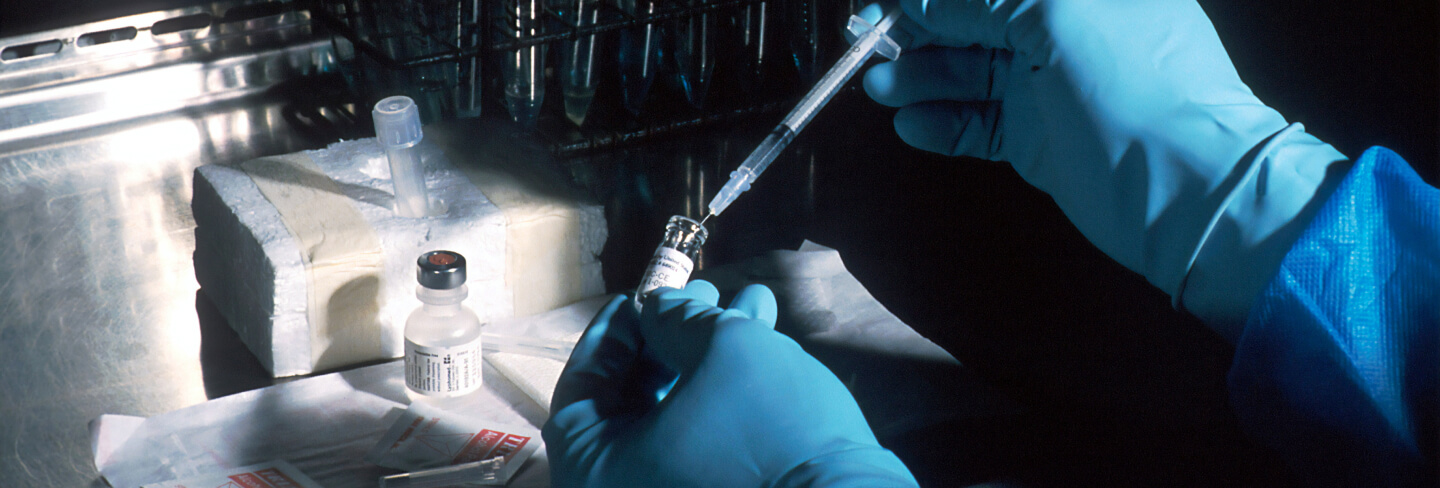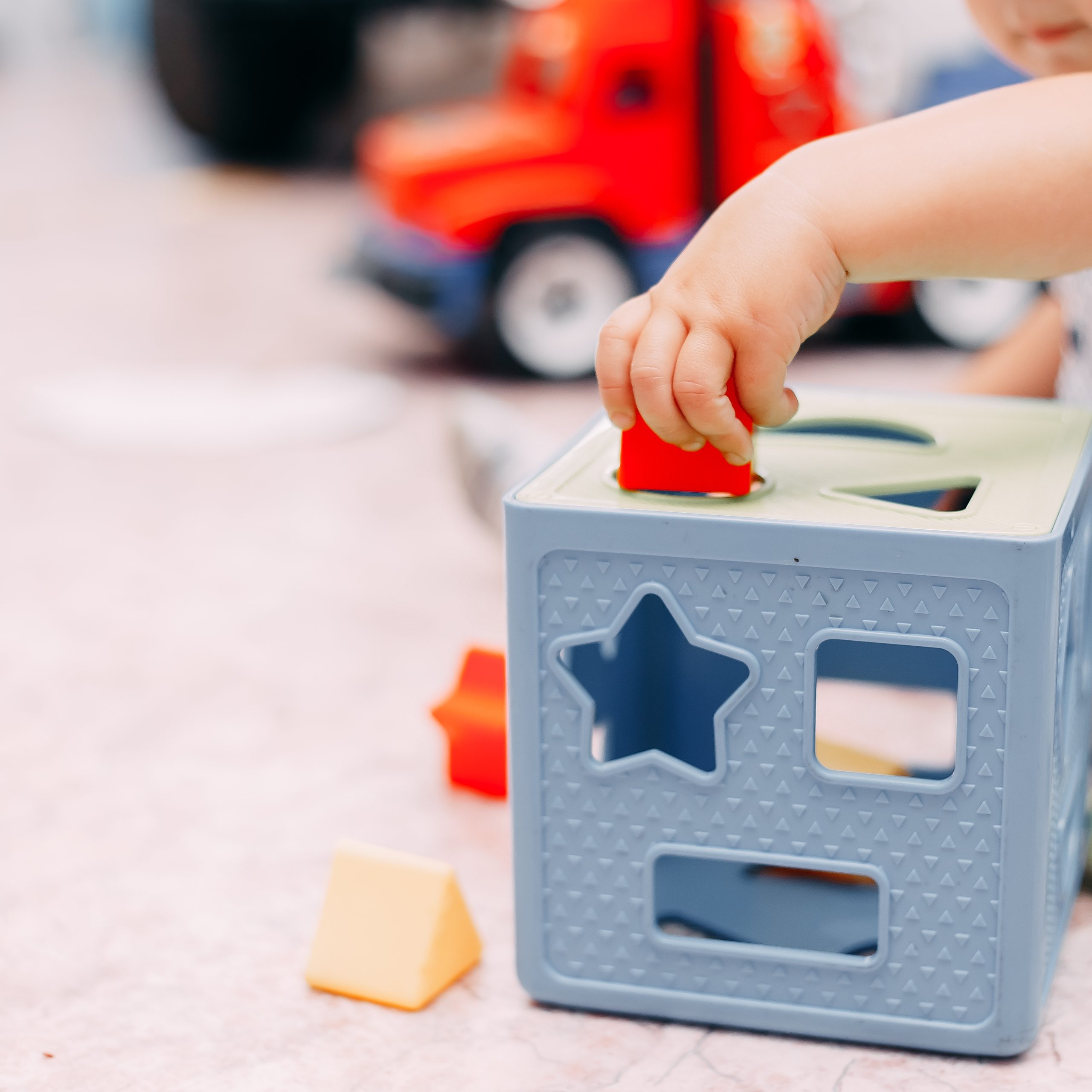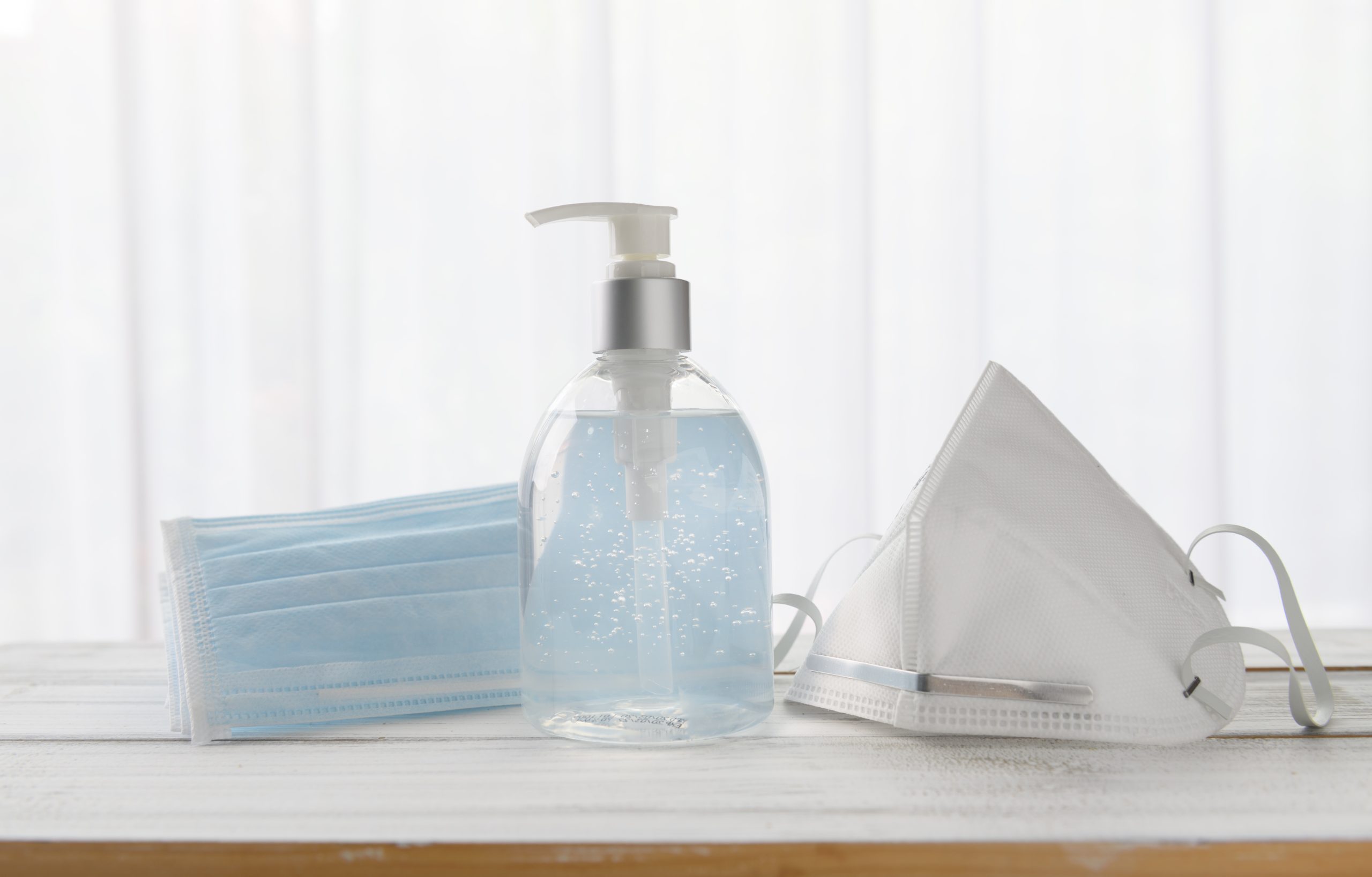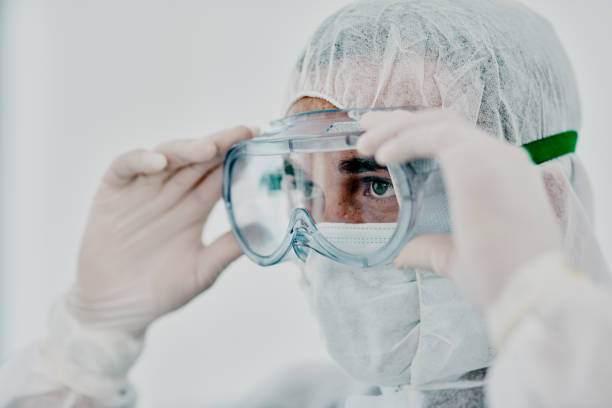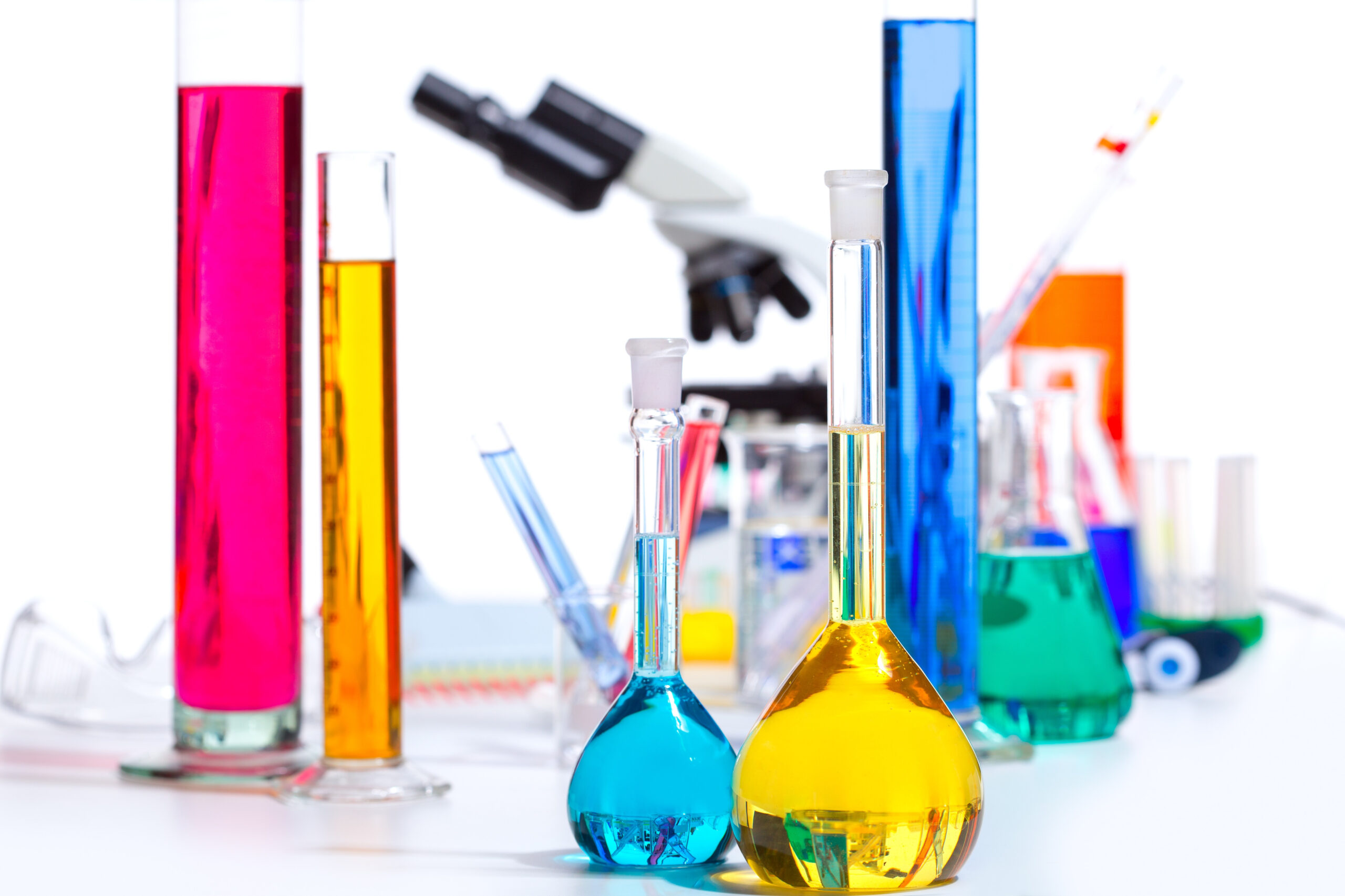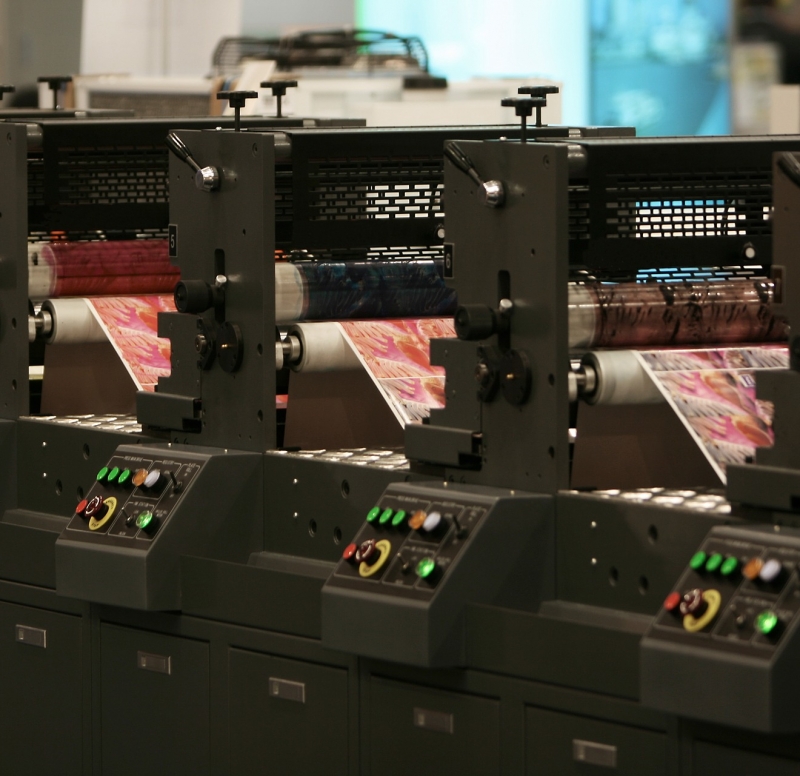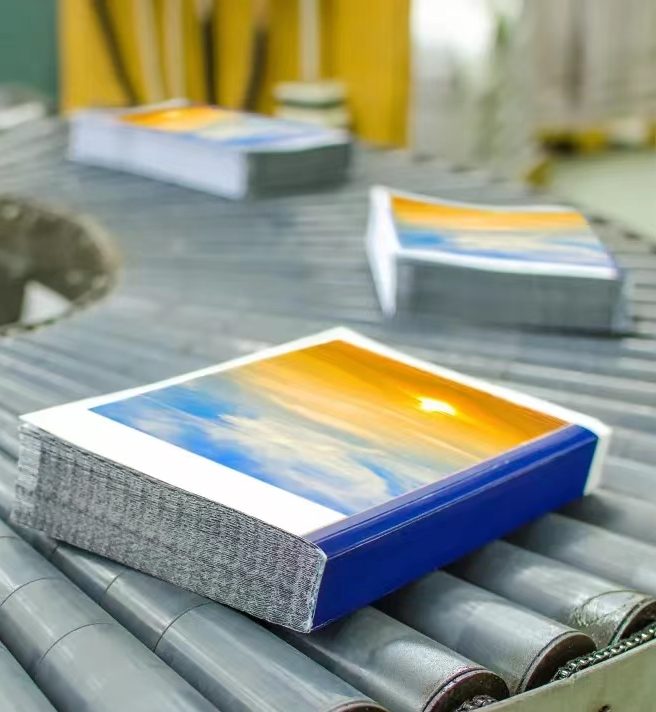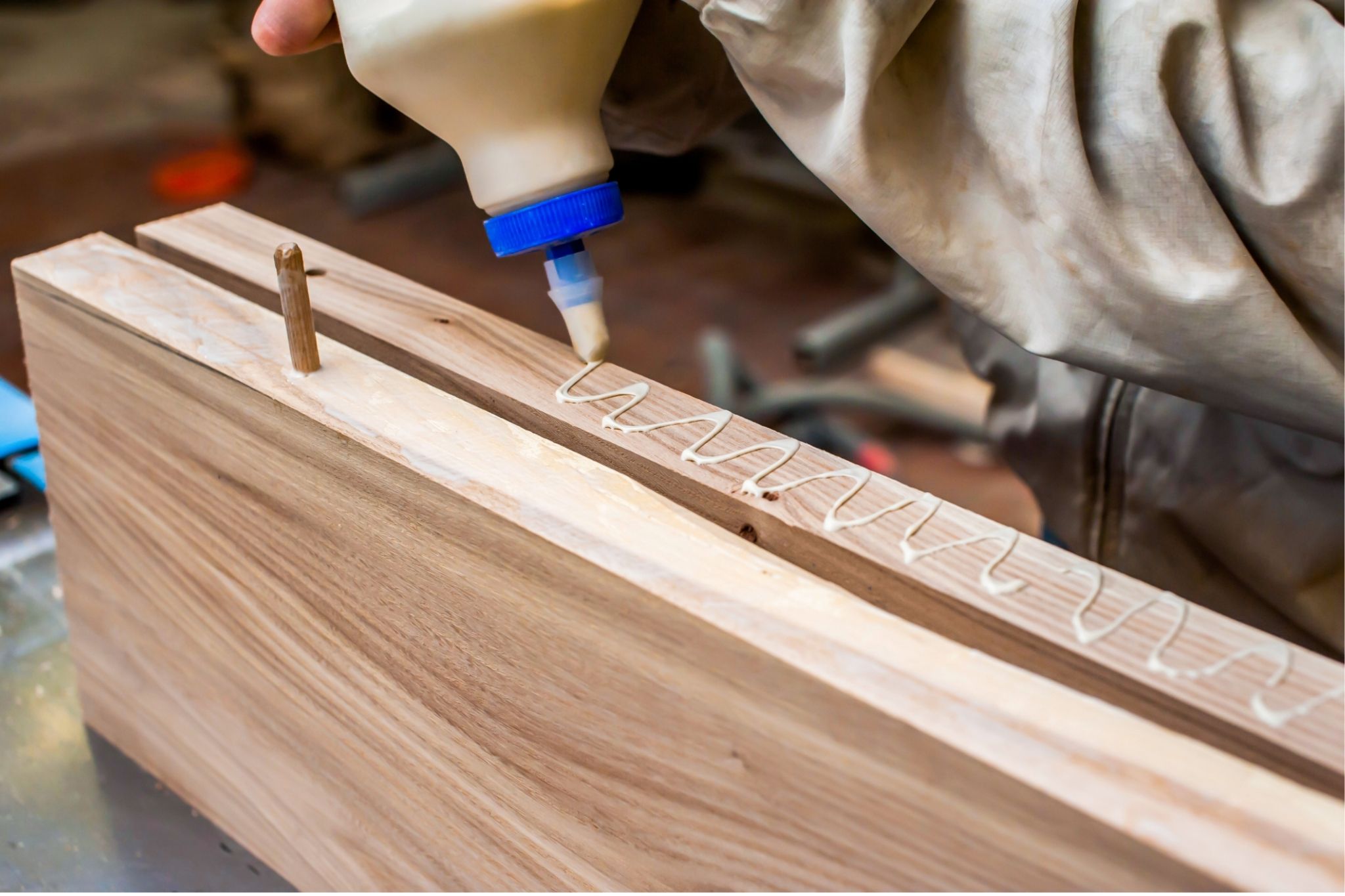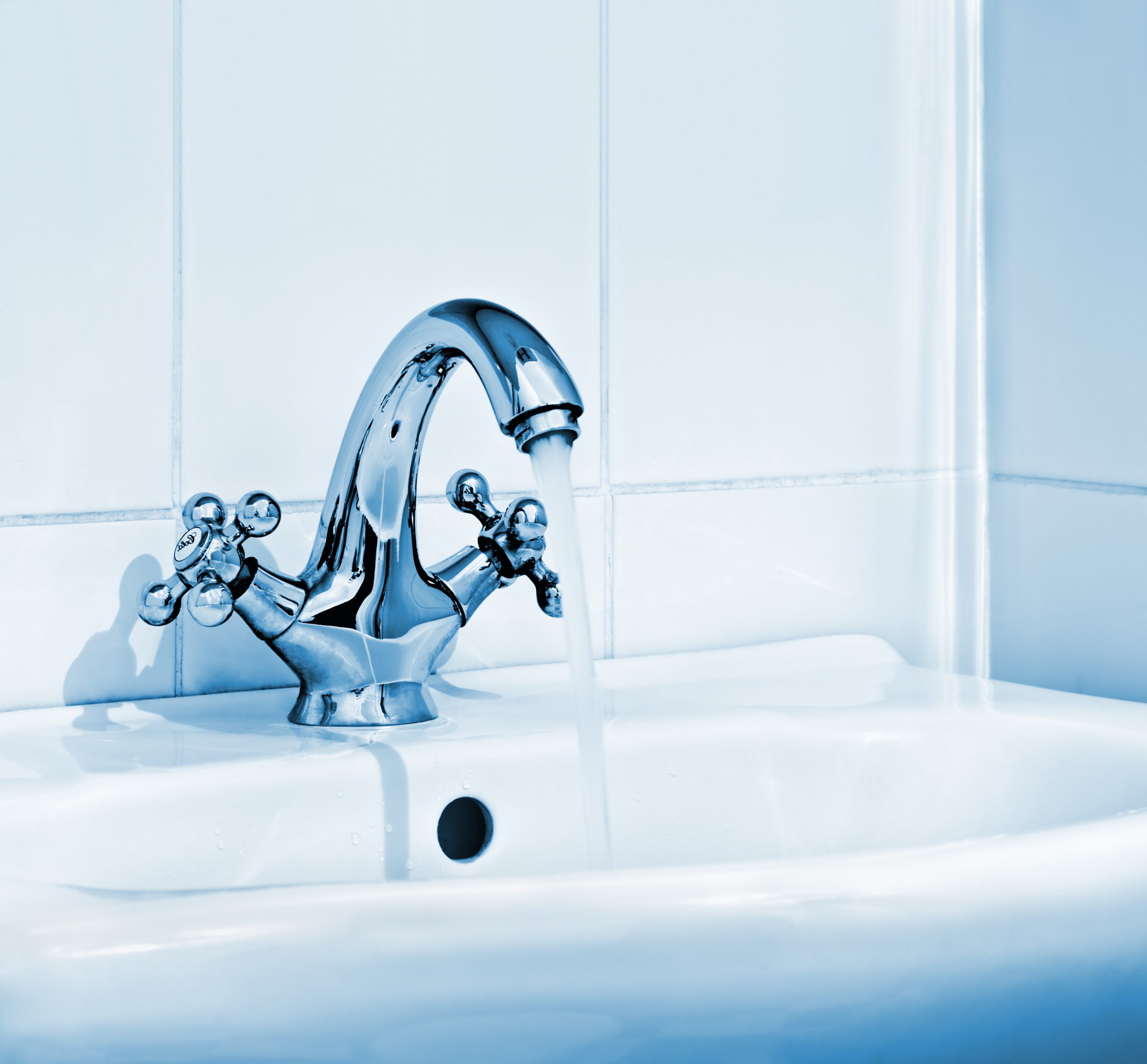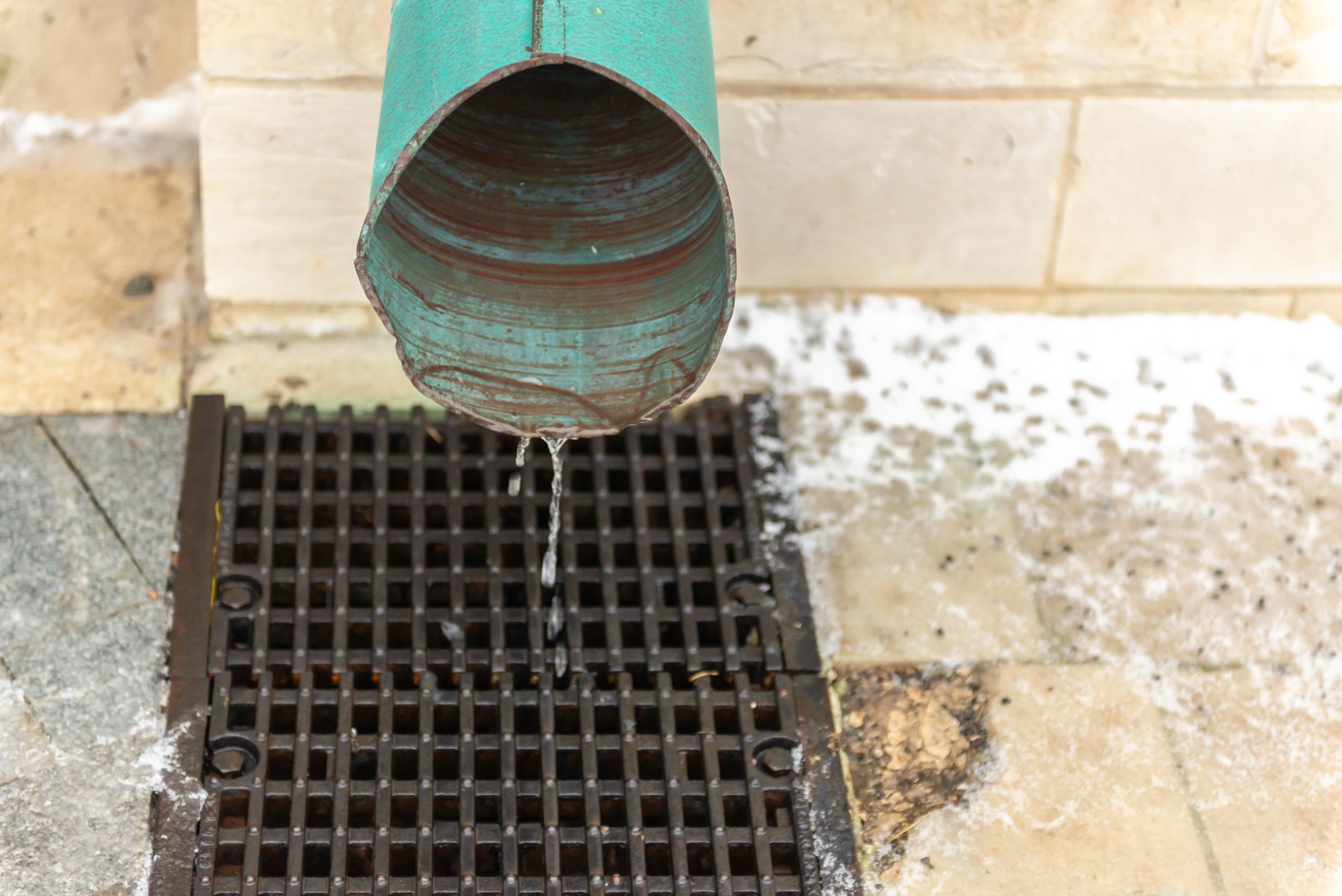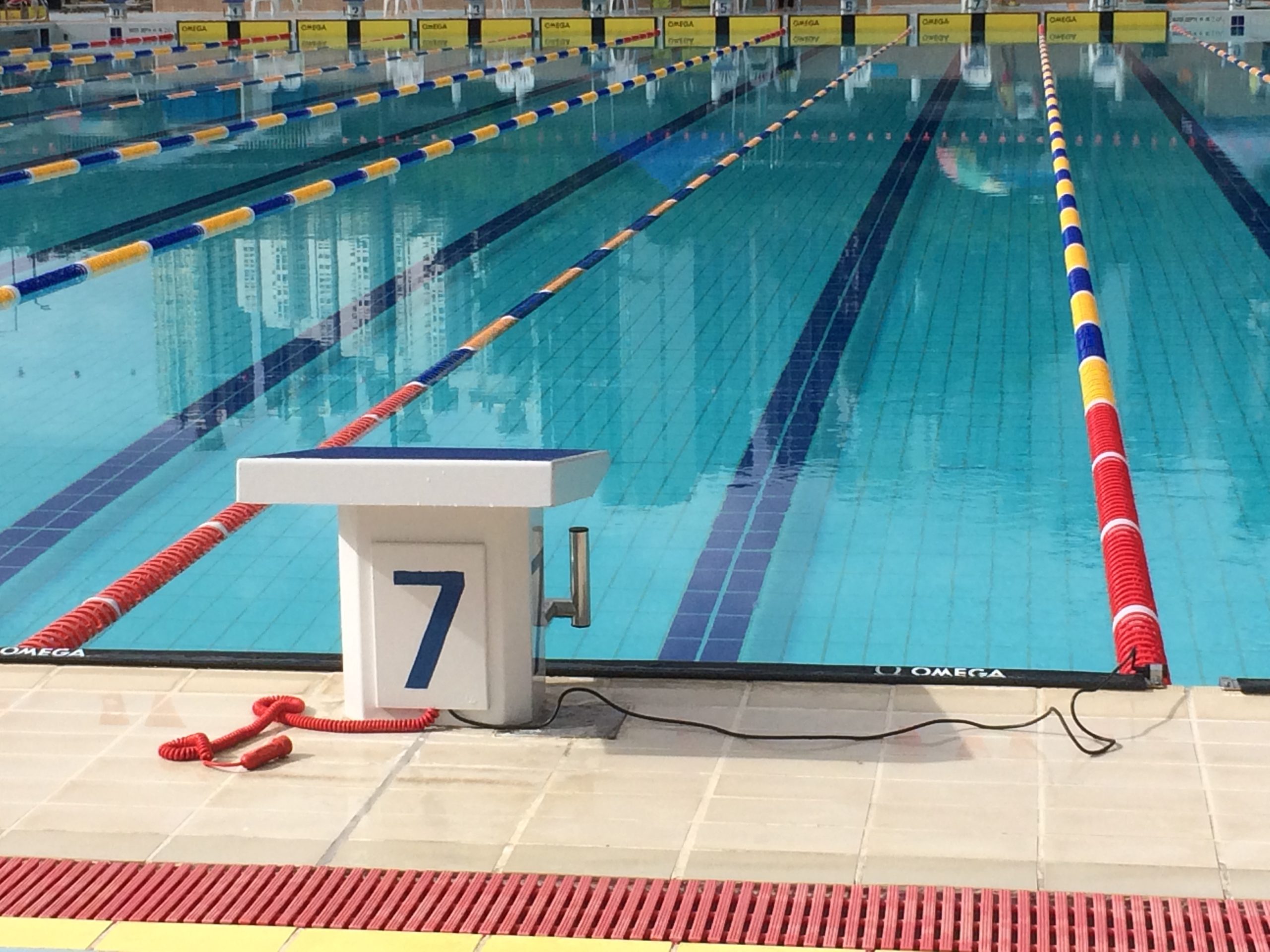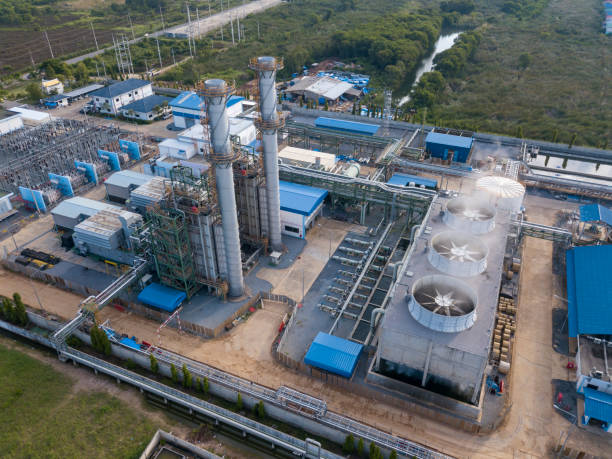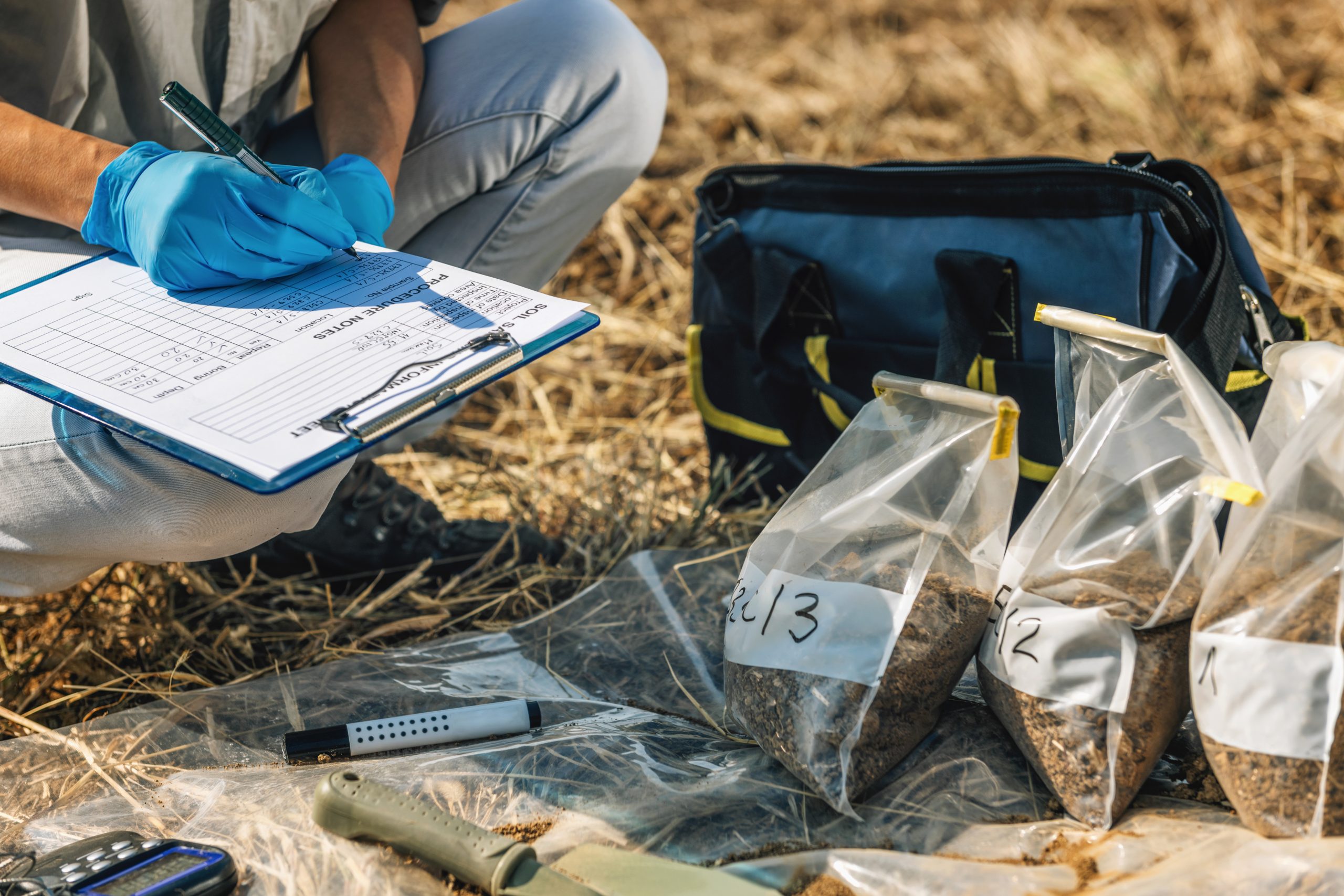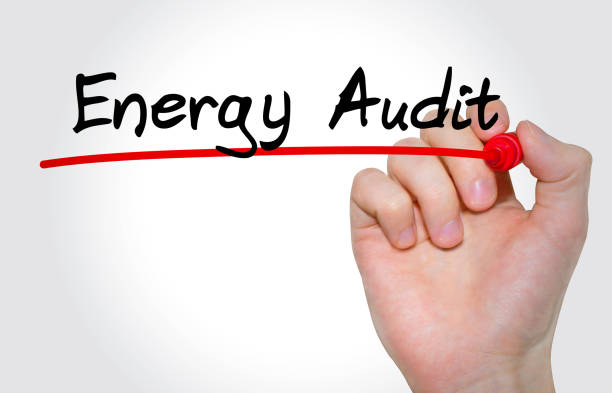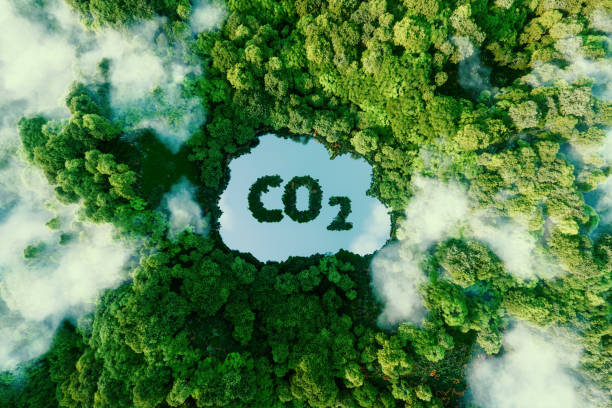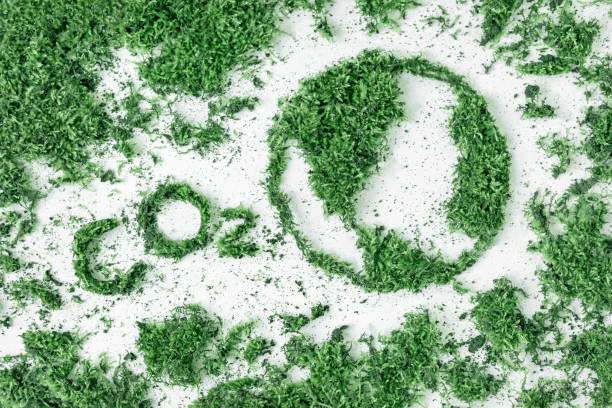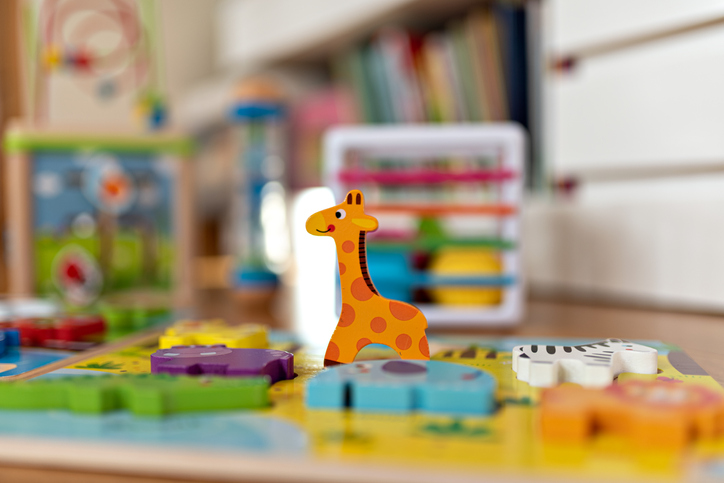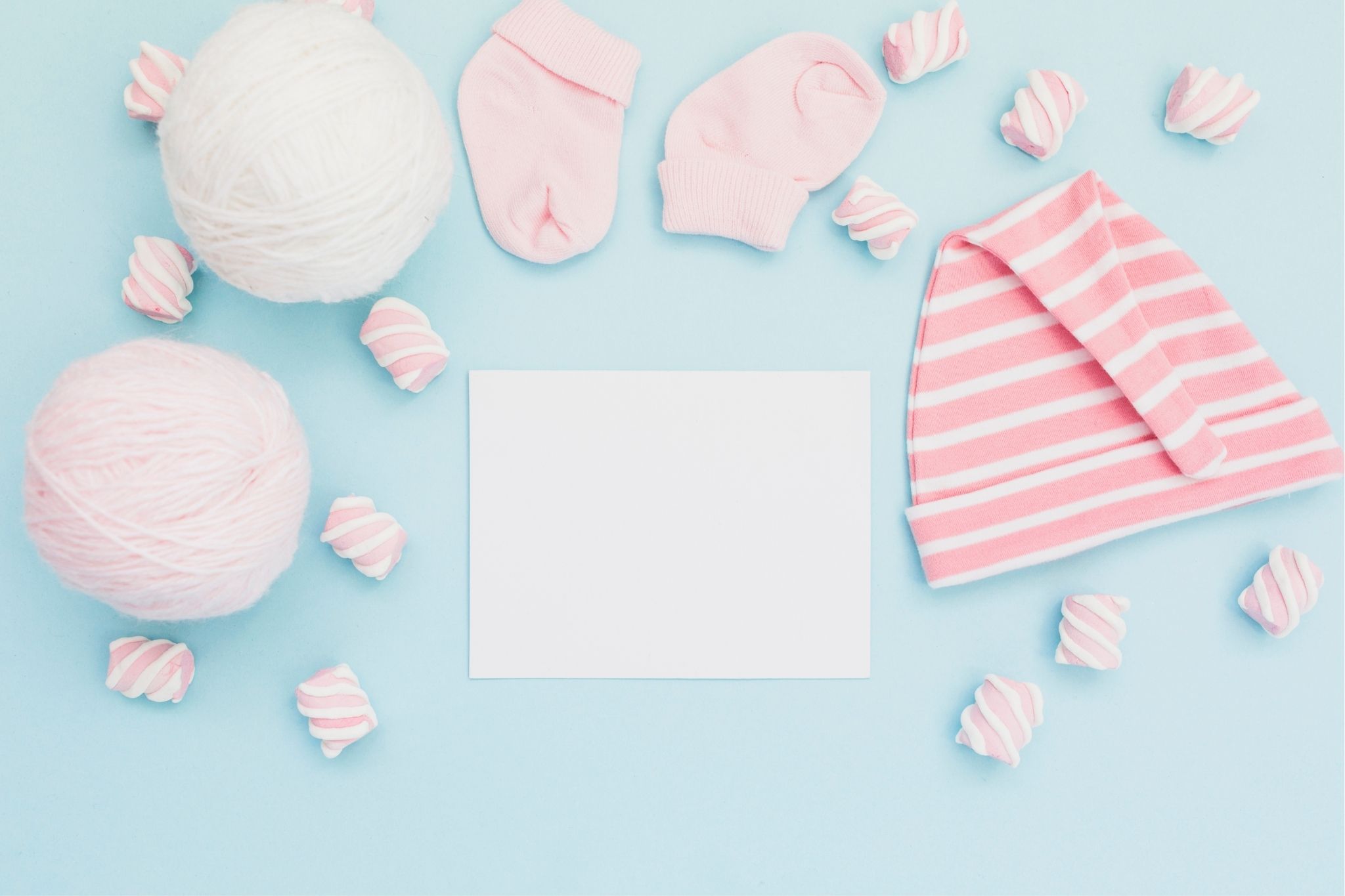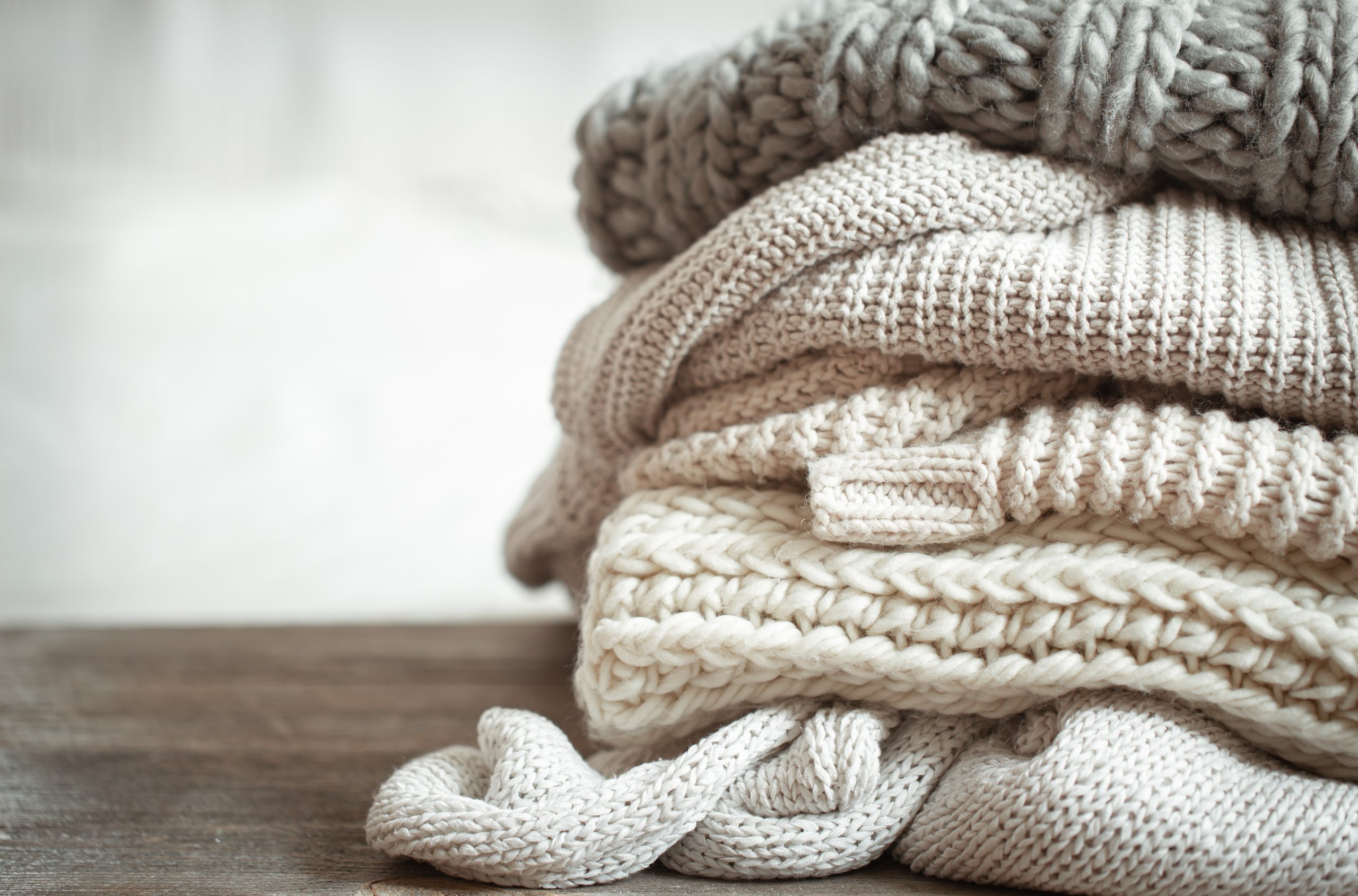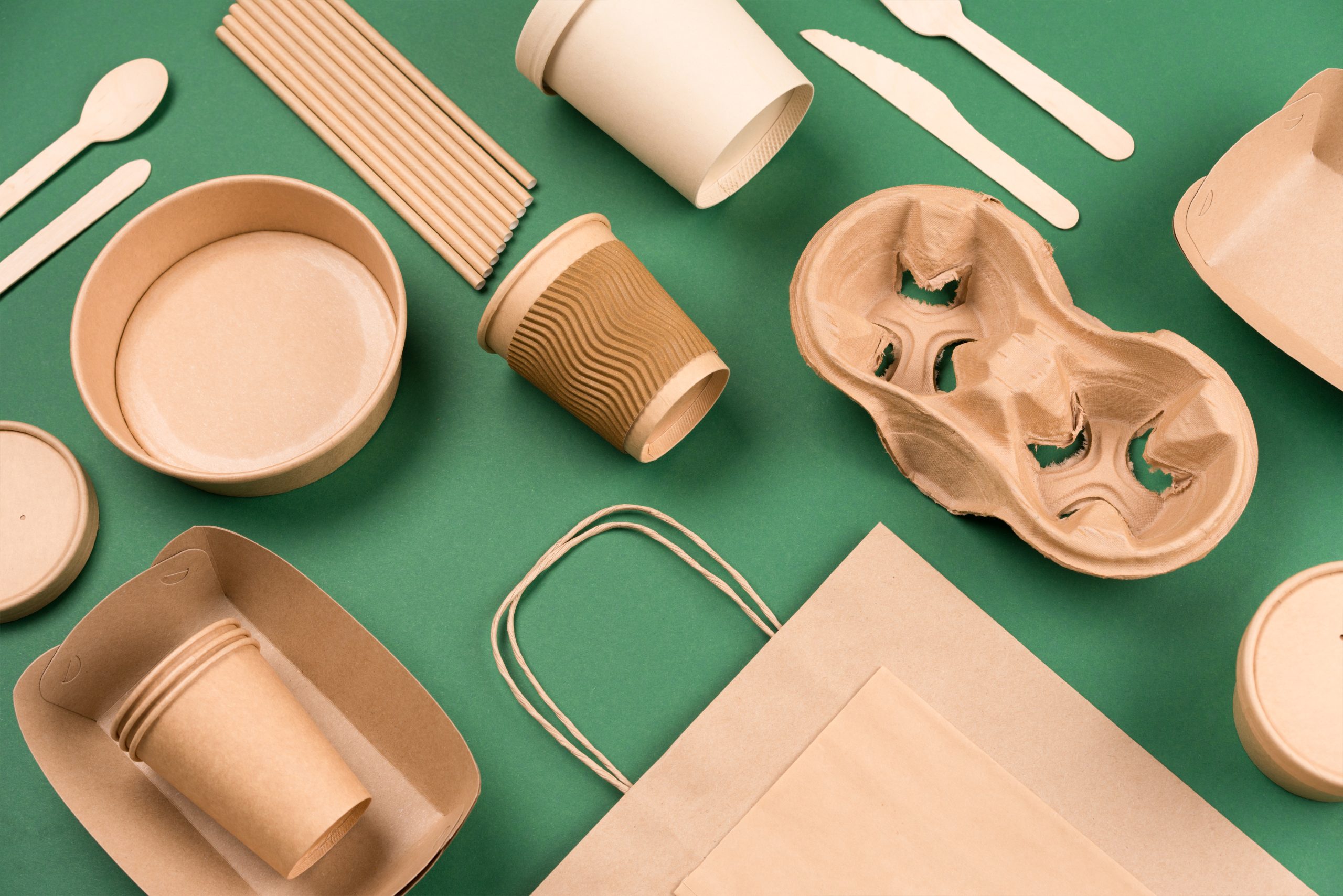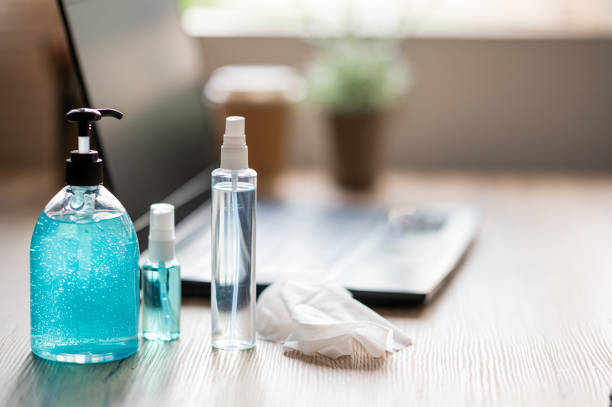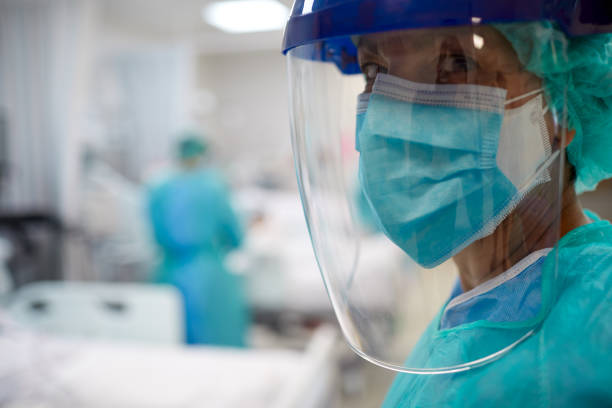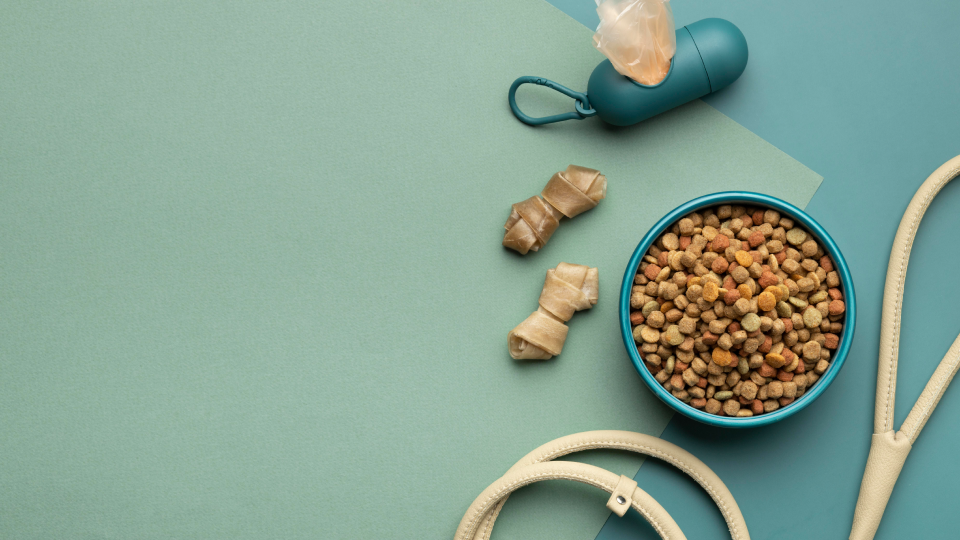TESTING is the determination of one or more characteristics of an object in terms of quality and quantity level according to a standardized and accredited handling procedure. An object may consist of different properties or characteristics, which can be classified as follows:
- Physical – it refers to the structural part of an object.
- Chemical – it refers to the presence of any harmful substances inside the object / the possibility of migration of harmful substances
- Flammability – it refers to the ease to fire hazard / fire burn of an object to consumers
- Functionality – it refers to the performance claim of an object
Every product placed on the market should be tested against the above characteristics/properties so as to ensure they are in good quality and safe to consumers. Governments of different countries have set out different testing regulation / requirements to standardize the minimum quality and safety requirements so as to safeguard the public and regulate the trade across the border. The quality and safety requirements of a product can be defined and set out according to following items:
- Directive refers to a legal act of the European Union as an example. It requires member states to achieve a particular result without dictating the means of achieving that result
- Regulation refers to self-executing and do not require any implementing measures
- Standard refers to the standarized testing method & procedure to verify if the testing sample comply with regulation requirements
- Buyer requirement refers to the tailor-made requirements set out by the buyer in order to align with the internal company objective, policy and specific product line
Every manufacturer, retailor and buyer have the obligation to ensure their products which are ready to be launched to the market are fulfilled with the quality, safety and performance requirements according to standard, directive, regulation or even buyer’s needs. By doing so, they can find a third-party laboratory which can issue an accredited and recognized third-party report reflecting the actual quality and quantity of an object by performing testing on raw materials, components, semi-products or finished products.. Therefore, third-party test in an accredited laboratory plays an important role on fostering the global trade.
CMA Testing, with over 44 years of history, possesses state-of-the-art equipment and multi-discipline experts can dismantle both local and international regulation as well as provide professional advice on setting buyers’ protocol, should be your reliable testing partner along the supply chain.

